Based on Gartner research, 48% of employees will work remotely at least partially post COVID-19.
(Compared to only 30% before the pandemic.)
With such fundamental change to workplaces, let’s take a look at 8 important remote work trends for 2022-2024.
1. Mass Adoption Of Remote Work
In 2020 remote work went from a Silicon Valley perk to a necessity for many companies.
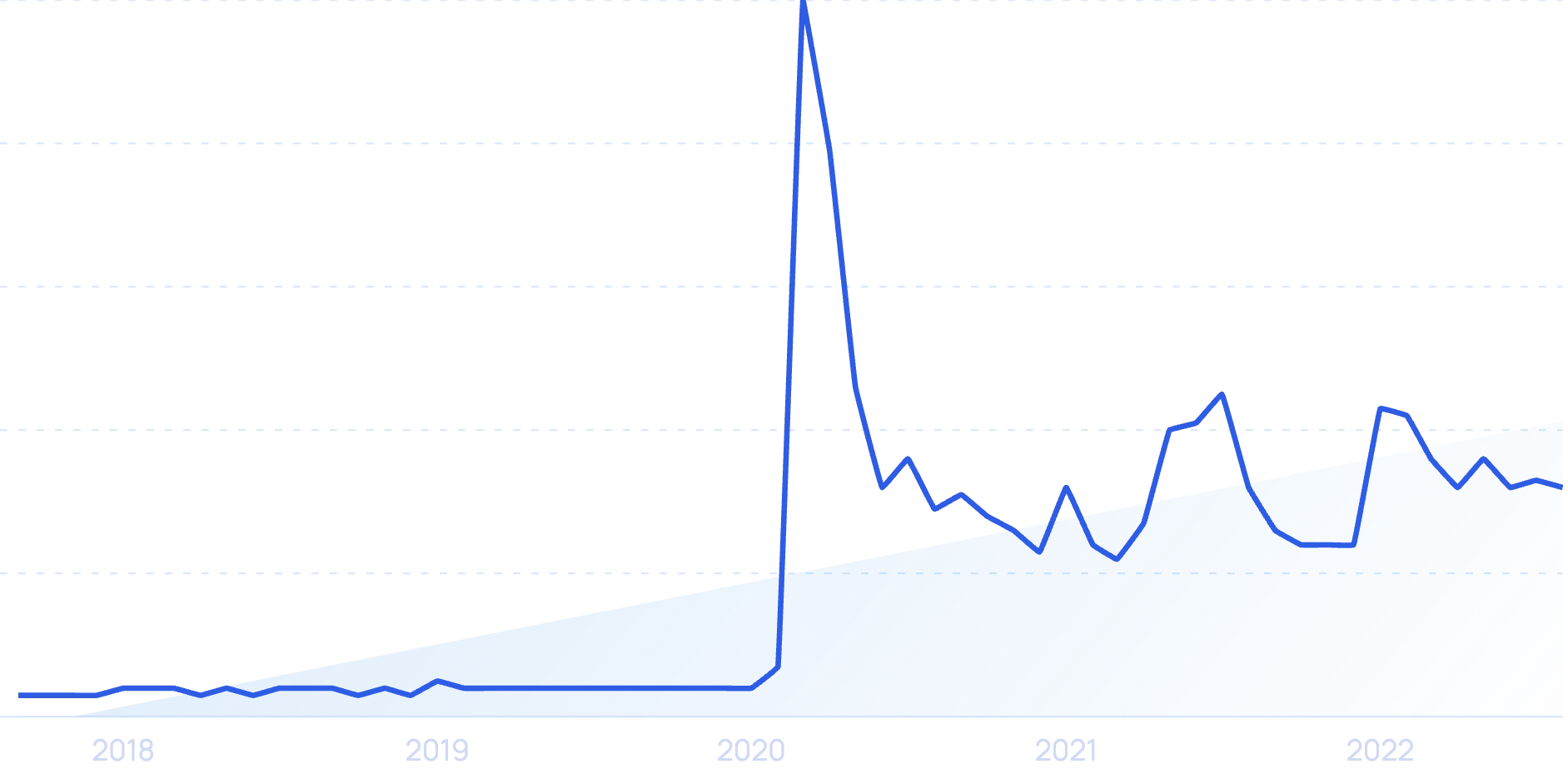
And this wasn’t a temporary shift.
The pandemic changed long-term expectations of where and how people work.
A Pew Research Center survey found that 54% of US. employees would prefer to continue teleworking after the pandemic is over.
And according to a Gallup report, 6 in 10 managers will allow their employees to work remotely more frequently than they did before lockdowns began.
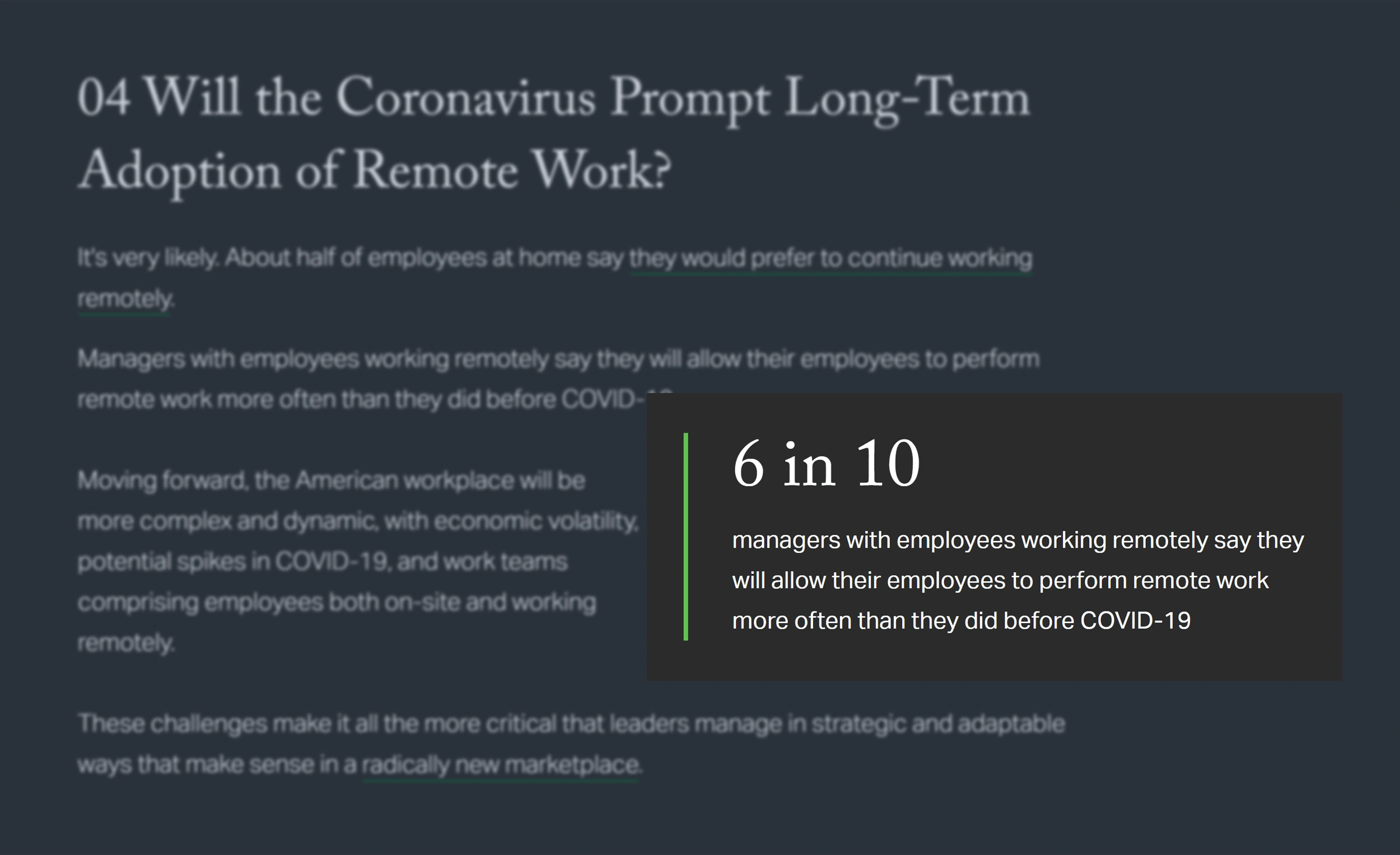
According to a McKinsey survey of corporate business leaders, 38% of respondents believed their employees would work more than two days a week remotely after COVID-19, (compared with 22% before the pandemic).
All of this data suggests that a hybrid or 100% remote work model may start to become the norm over the next few years.
2. Greater Attention To Employee Well-Being
In a Deloitte survey, corporate executives named “improving employee well-being” as one of the important priorities that they hope to achieve in the short-term future.
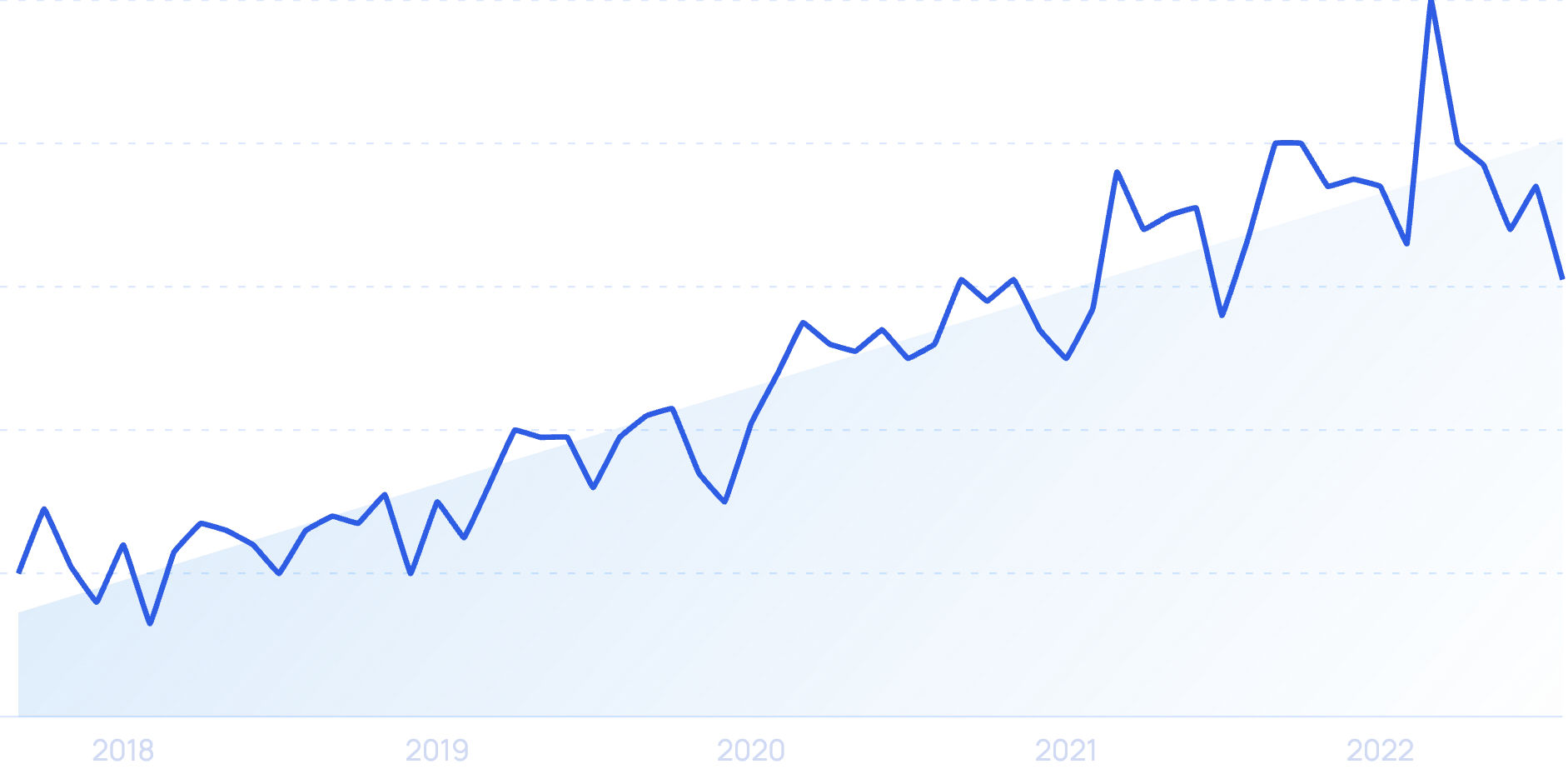
And workers prioritize employee well-being as the 3rd highest priority in work transformation efforts over the next few years.
Similar findings are reported in a Willis Towers Watson’s report, which cites employee well-being as one of the 6 key themes on the agenda for HR leadership in 2021 (the importance of which was further accelerated by the pandemic).
According to a Buffer survey, remote workers report increased feelings of loneliness.
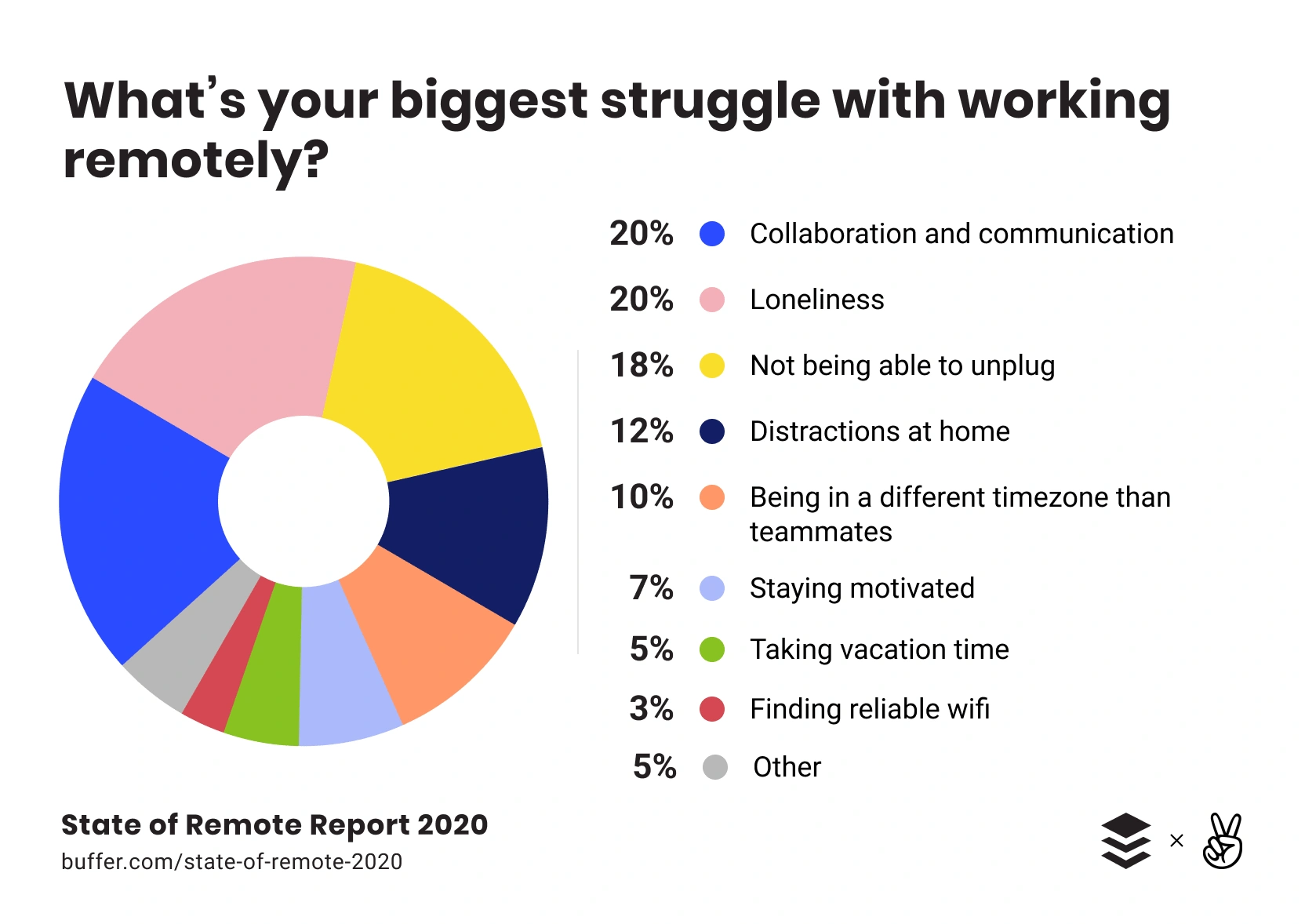
Remote workers also stated that they struggle to “unplug” after work. Others state that working remotely makes maintaining a work-life balance more difficult.
And a Slack report found that both long-serving and new remote workers struggle to experience a sense of belonging at work.
To tackle these types of remote work challenges, corporate wellness efforts are commonly focused on mental health and meditation.
According to CBInsights’ State of Mental Health Tech 2021 Report, mental health startups raised $5.5 billion in 2021 – an increase of 139% over the previous year.
While remote work has several advantages (like a lack of commuting and the ability for flexible work times), organizations of all sizes are learning to figure out how to maintain the health and well-being of their remote staff.
3. Freelance Platforms Gain Traction
As companies begin to assemble a remote workforce, they’re increasingly turning to freelance platforms.
This comes at the same time that millions of people are seeking out remote freelance work for the first time.
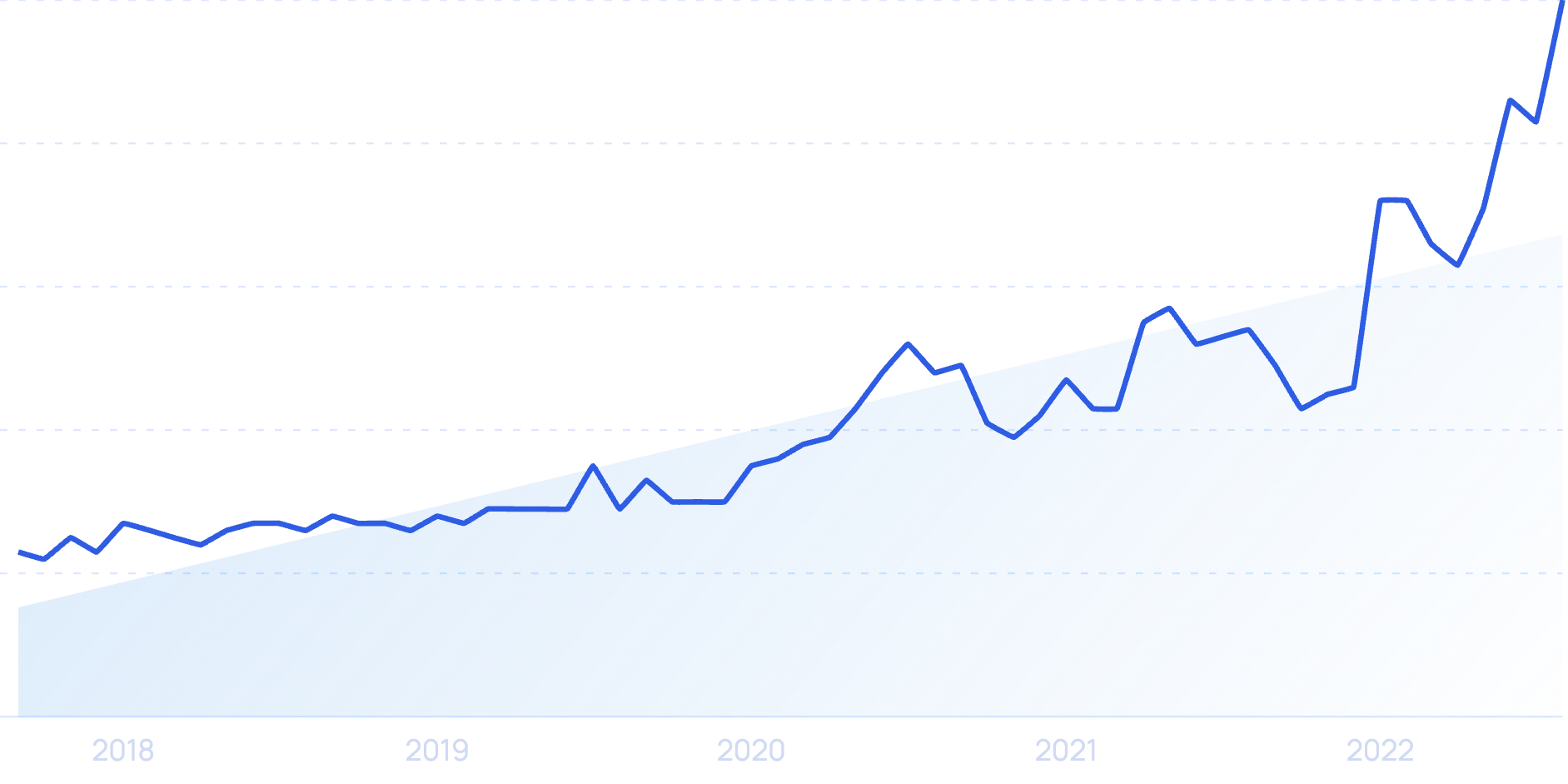
(Upwork data shows that the number of Americans that freelance has increased from 53 million in 2014 to 59 million in 2021).
According to Harvard Business School research, nearly half of senior corporate executives expect their usage of digital talent platforms to increase substantially in the future.
Also, almost 90% of business leaders consider remote talent platforms important to their organization’s future competitive advantage.
Which is leading to the surging growth of platforms that offer access to skilled remote talent.
Back in 2014, there were roughly 190 freelance platform companies (with an investment of approx. $600 million).
This number quickly grew to 330 companies. And investment in this space has now reached over $1.9 billion.
(This represents a 75% growth in the number of freelance companies since 2014).
Some of the leading digital freelancing platforms include Fiverr and Upwork. Both of which are now publicly traded companies.
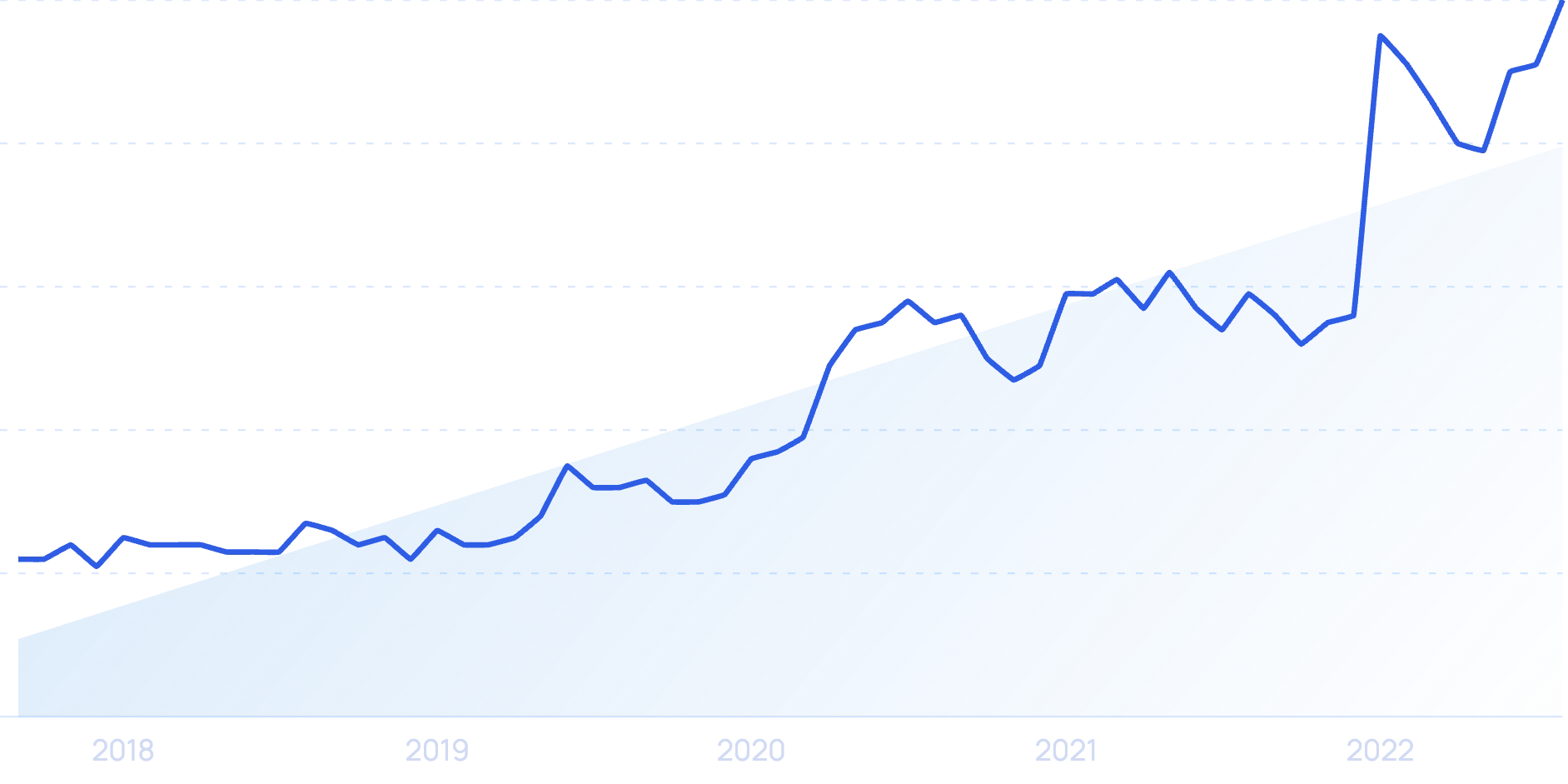
Fiverr and Upwork have a combined market cap of over $4.5 billion (compared with less than $2 billion in 2019).
The freelance platform market may have a few giants (like Fiverr)…
…however, there’s still plenty of interest in the space from VCs.
That’s because many emerging freelance platform players have viable business models, solid go-to-market fit, or specific features that separate them from the likes of Upwork.
A recent example of VC funding in the space includes startup Catalant which offers a talent marketplace of expert consultants on demand.
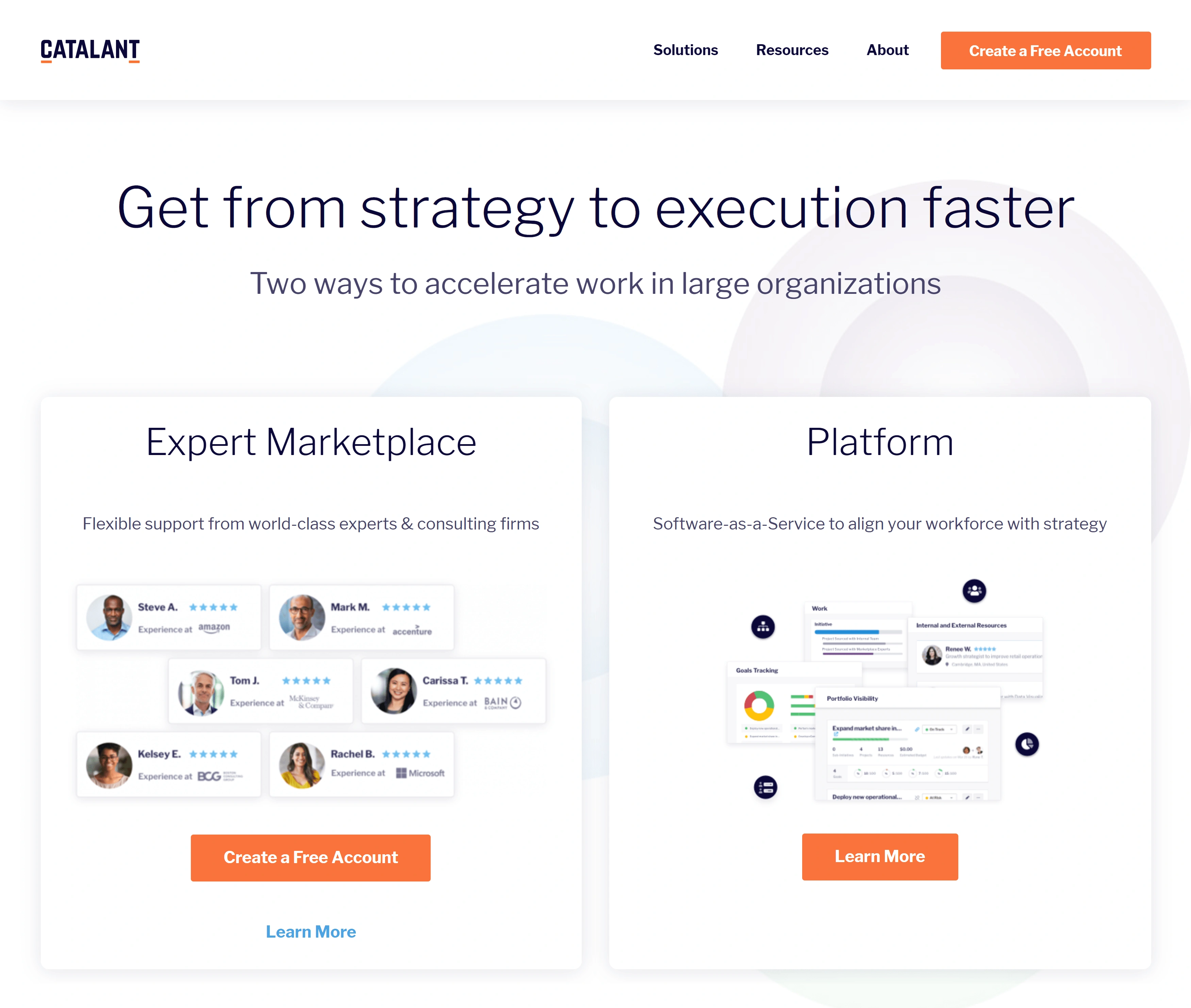
The startup raised $35 million in Series E earlier in 2020, which has brought their total funding to over $110 million.
4. Increased Use Of Video-Based Communication
2020 was the year that “Zoom” went from a company name to part of our everyday vocabulary.
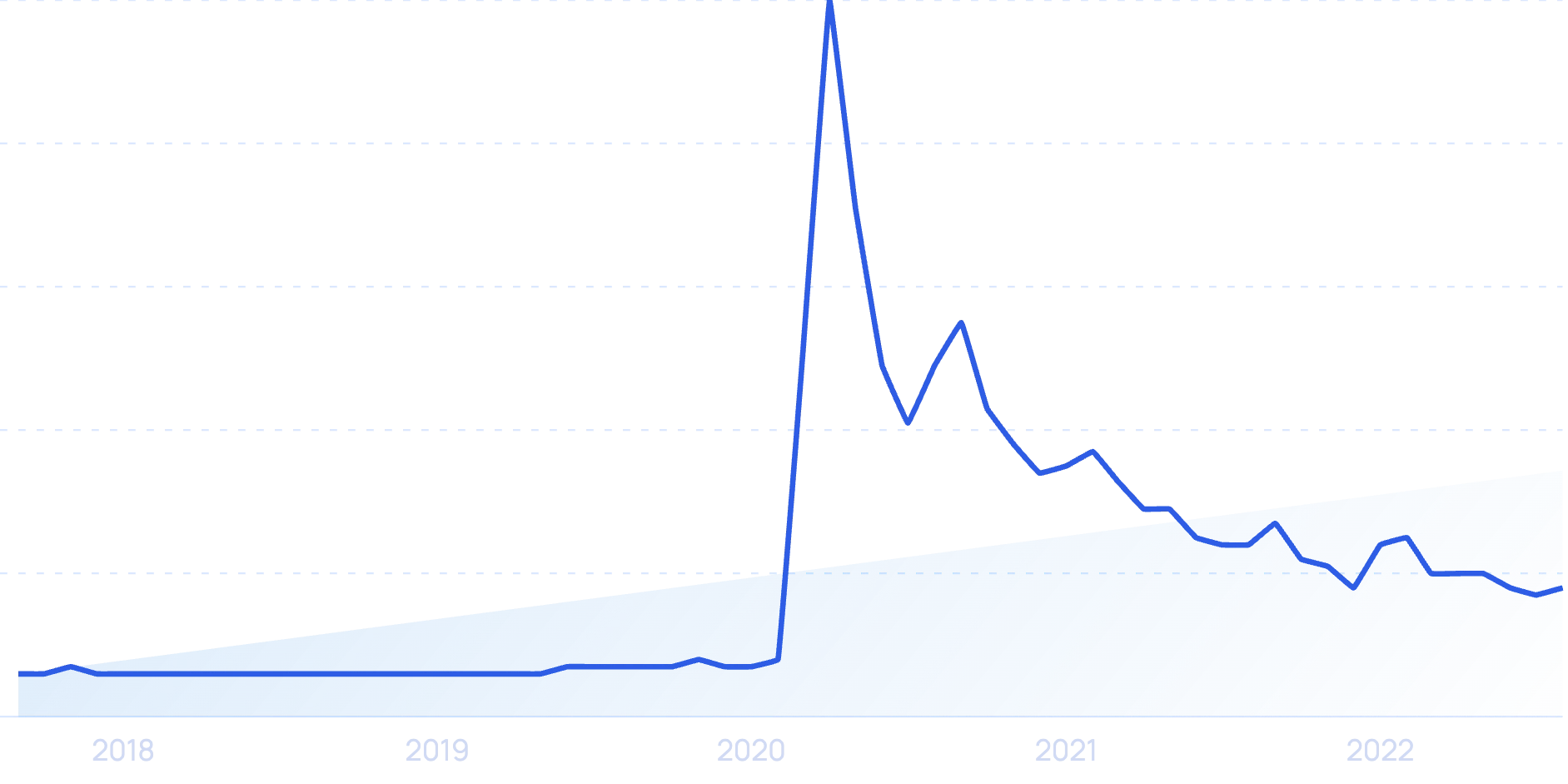
In fact, the New York Times named Zoom as one of the phrases that defined 2020.
In particular, Zoom went from having 10 million daily meeting participants in December 2019 to over 300 million in April 2020.
However, Zoom isn’t the only company in the workplace video conferencing space.
And many are attempting to take market share away from Zoom in the video call space.
Loom, a platform for sending video recordings, raised close to $130 million in Series C funding (with a reported valuation of $350 million).
Another player in the space is the recently-launched Loop Team.
Loop Team is specifically to help remote teams to keep tabs on each everyone’s activity, meet via video chat, and receive important status updates.

At a high-level their platform attempts to replicate team members working “side-by-side” in a physical office space.
Loop Team raised their first seed funding for $4.7 million led by Eniac Ventures.
Will the exponential growth for video-based communication continue?
Gartner predicted that spending on video conferencing would likely fade during the course of 2021.
Largely due to the mass adoption of video conferencing platforms.
Yet at the same time, it’s expected that in 2024 in-person meetings will account for just 25% of enterprise meetings (a decrease from 60% prior to COVID-19).
Which signals that there’s significant room for growth in the video conferencing software space.
Tools like Bluejeans, Whereby and others facilitating communication over video can expect an upward trend in usage during this transition period.
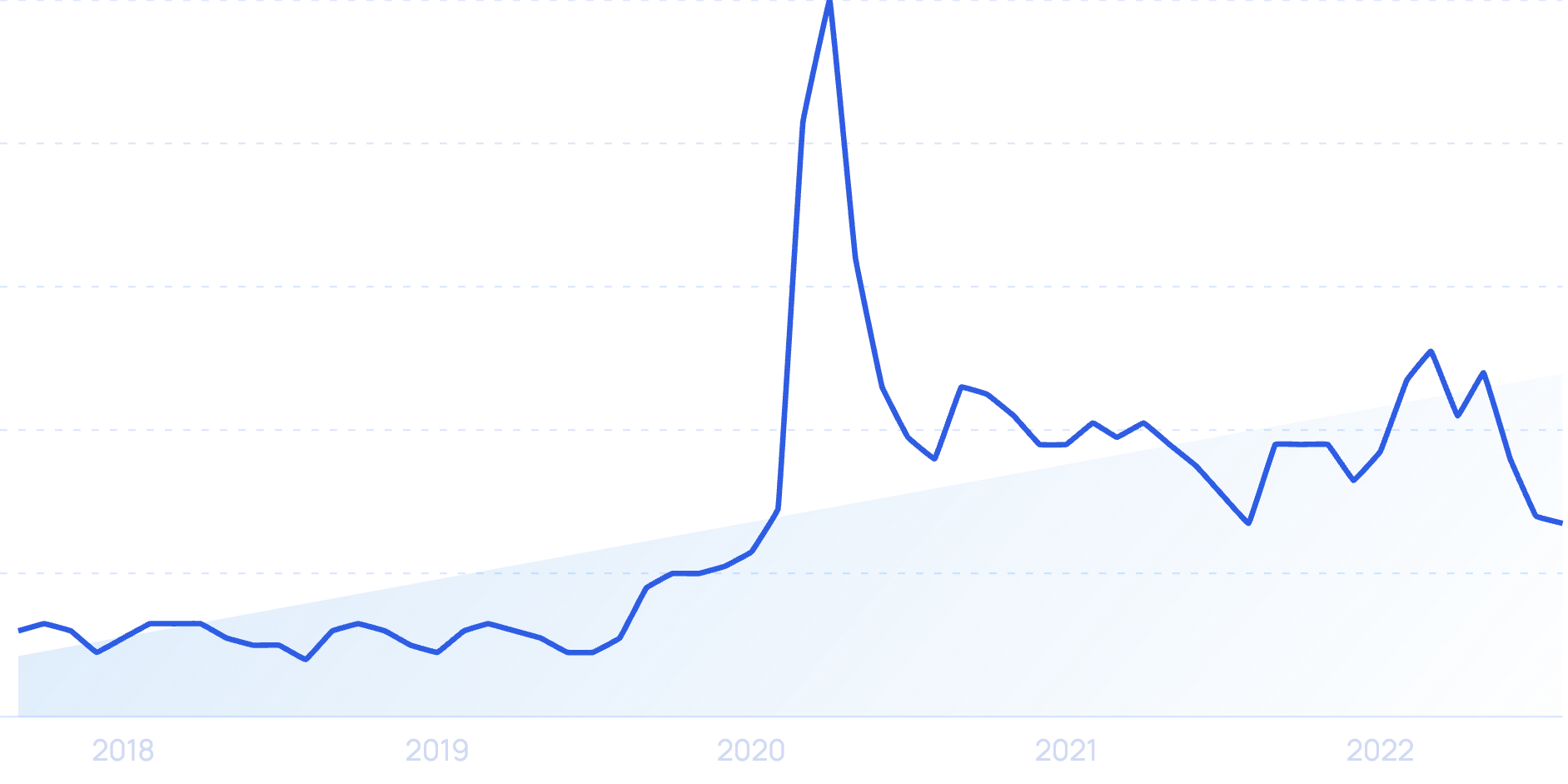
5. Growing Importance Of Cybersecurity
According to the global Cisco survey of organizations, 85% of respondents say that cybersecurity is more important now than before the pandemic.
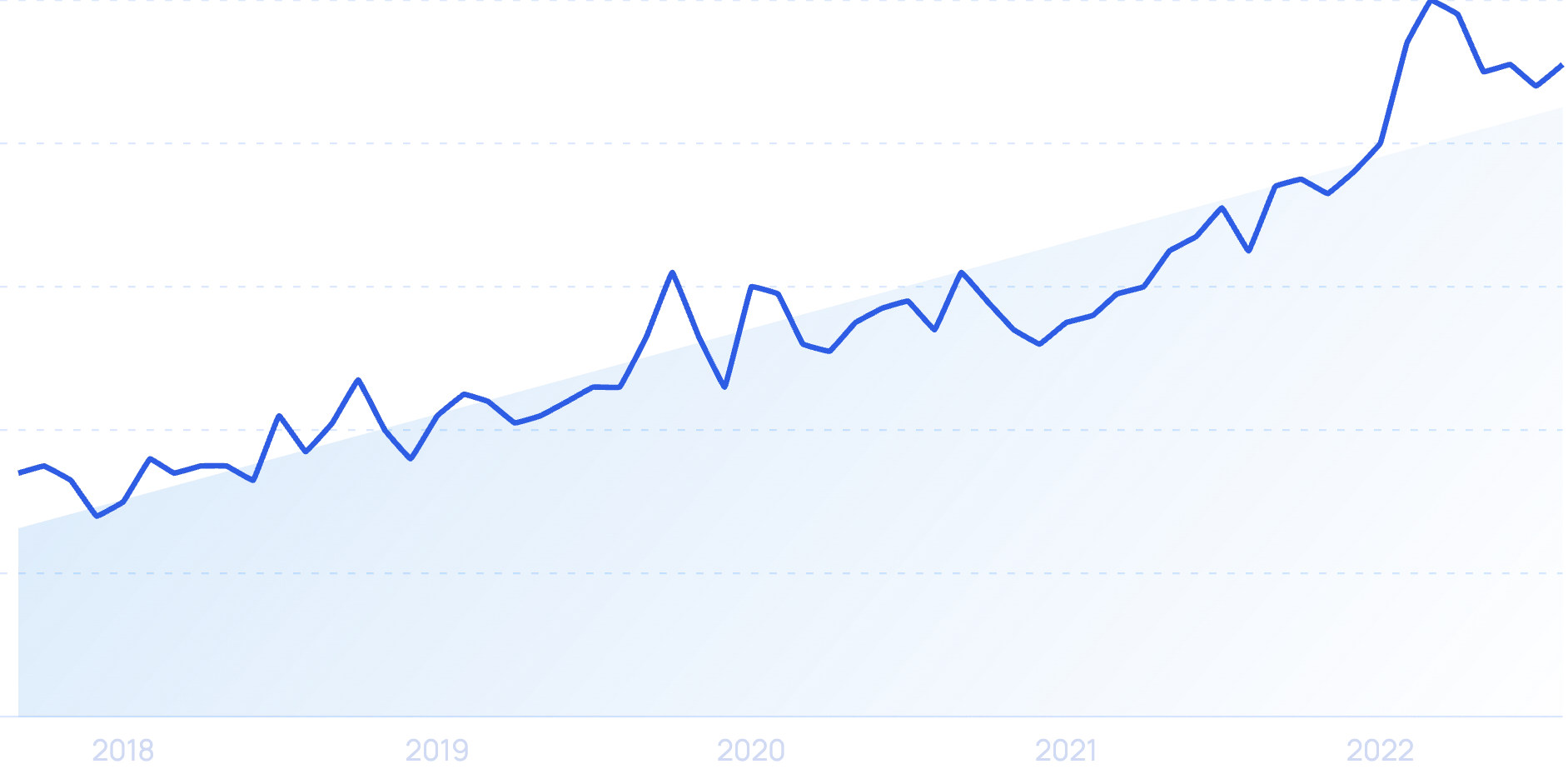
What’s more, many organizations weren’t fully ready for remote work transition.
An EY poll found that the majority (71%) of respondents reported that remote work support was their most significant security challenge within their organization.
There’s a noticeable shift in cybersecurity teams’ perceived importance now that remote work is starting to go mainstream.
70% of boards believe there will be increased importance of cybersecurity (compared to only 43% of boards pre-COVID-19).
With over 1,400 startups in the field, cybersecurity may be a somewhat saturated market.
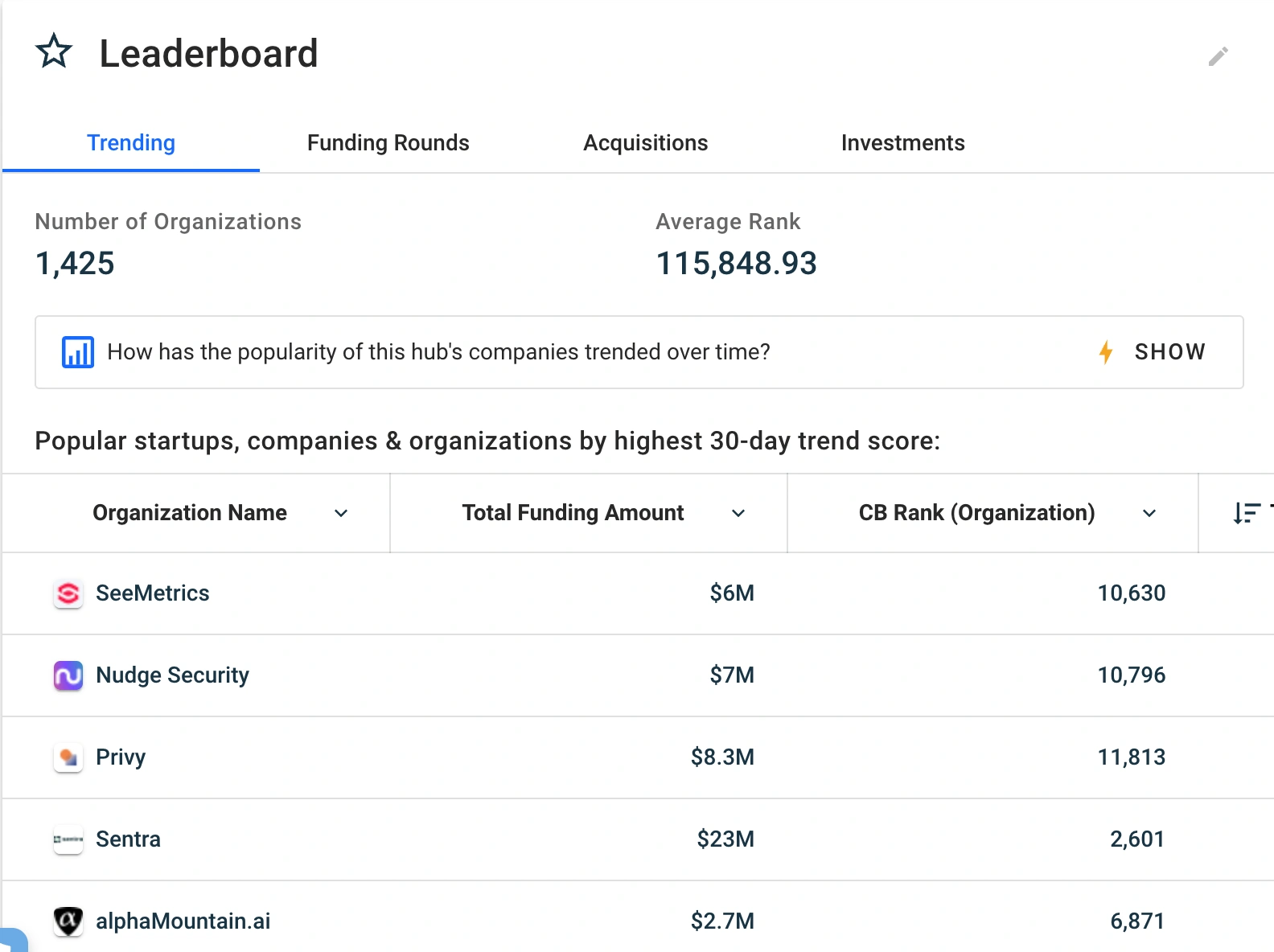
However, funding with “Smart Money” participation in IT security startups reached an all-time high of $11.5 billion in 2021.
6. Rise Of Collaboration Tools For Remote Teams
Based on a BCG survey, employees state that they struggle to maintain productivity levels on group projects when working in a home office.
(Interestingly, employees in that survey stated that they find individual and managerial tasks easier to do while working remotely.)
With employees working remotely now more than ever, software designed to enhance the collaboration of distributed teams is quickly gaining momentum.
For example, the remote work collaboration platform DingTalk developed by tech giant Alibaba is growing in popularity.

One of the growing subcategories includes the online whiteboard software market. Some of the examples in it include Conceptboard, MURAL, and Miro.

Miro offers an online collaborative whiteboard platform and raised $400 million in Series C funding in January 2022.
Another startup in the space, MURAL, is focusing on facilitating visual collaboration at work.
MURAL raised a $50 million funding round in July 2021.
7. Virtual Interviews Gain Widespread Acceptance
Since the start of the pandemic, companies have embraced virtual technology for conducting job interviews.
Based on Gartner poll results, 86% of organizations have switched to virtual recruiting due to concerns about COVID-19.

But this shift to virtual recruiting and interviewing doesn’t seem to be a hindrance.
In fact, many business leaders are reportedly satisfied with the remote hiring process. Some have even maintained pre-pandemic interview success levels.
Many leaders expect that some of their recruiting operations will continue in a virtual environment post-pandemic.
That’s because hiring managers note that online interviews simplify logistics, reduce costs, and shorten process times compared to in-person interviews.
Candidates themselves also seem to see virtual interviews in a positive light.
According to RecRight survey findings, over 80% of candidates report satisfaction with video interviewing methods as a part of their recruitment process.
As of May 2022, there are almost 200 products in the video interviewing software category in Capterra.

That number will likely grow with further adoption of video-based technology for remote interviewing.
An example of it includes Sydney-based startup myInterview, which offers a video screening platform for recruiters. The startup raised a $5 million seed round in 2020.
This trend goes beyond interviews. Nearly every step of the hiring process (including recruiting and onboarding) will likely remain digital-first moving forward.
8. Explosive Growth Of Virtual Team Building
Based on a McKinsey study, company culture is key to an organization’s success.
The report found that a strong company culture strongly correlates with performance and enhanced company agility.
And, thanks to the growth of remote work, companies are now shifting their team building activities online.
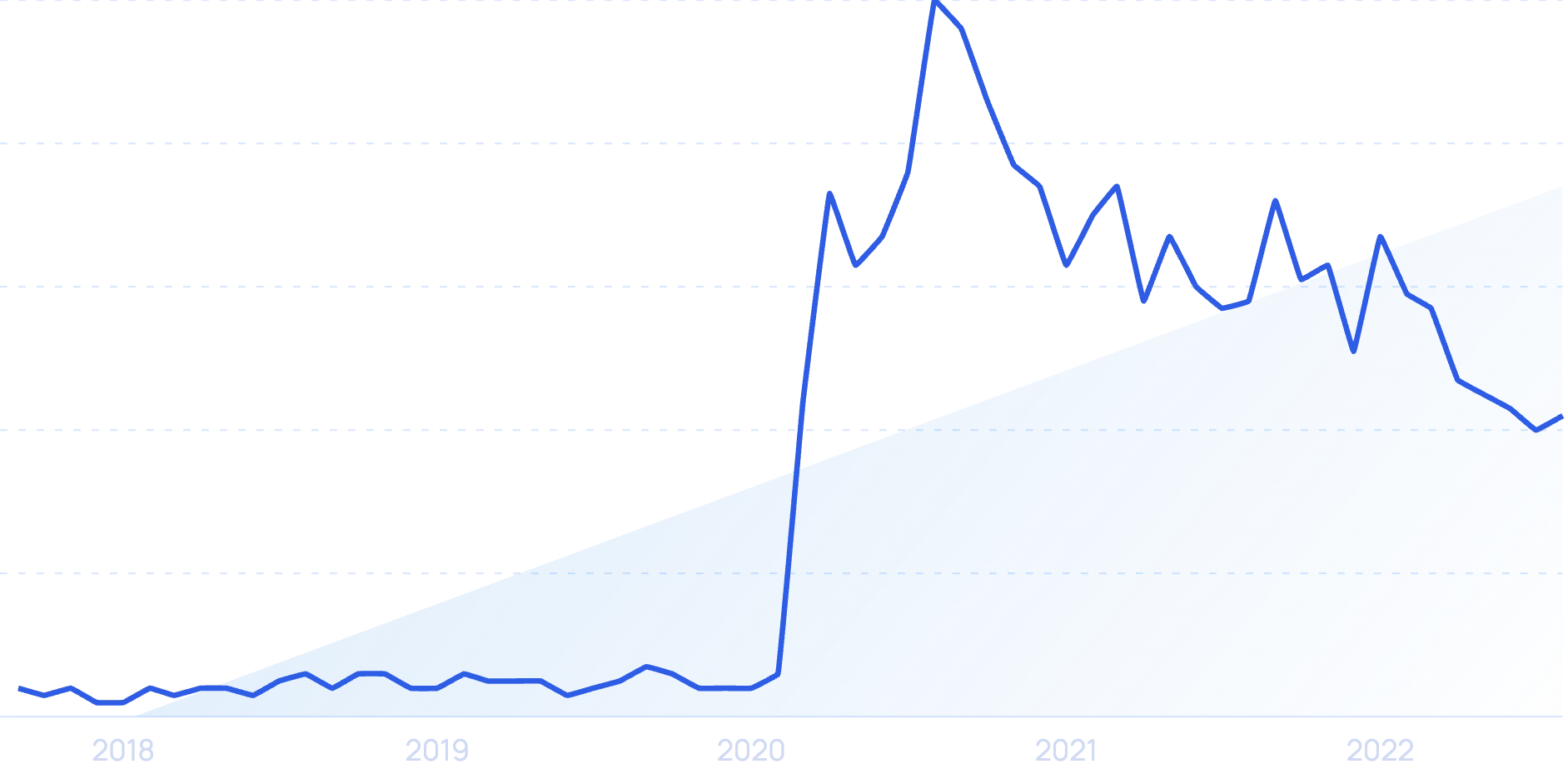
According to a Grand View Research report, the virtual events industry is forecasted to achieve a robust CAGR of more than 21.4% between 2022-2030.
Corporate spending on virtual events are due to make up a sizable part of this growing pie, including team building activities.
VCs are starting to fund virtual event platforms, including those that focus on or have features for team building.
In November 2020, London-based startup Hopin raised $125 million at a valuation of over $2.1 billion marking it as a unicorn.
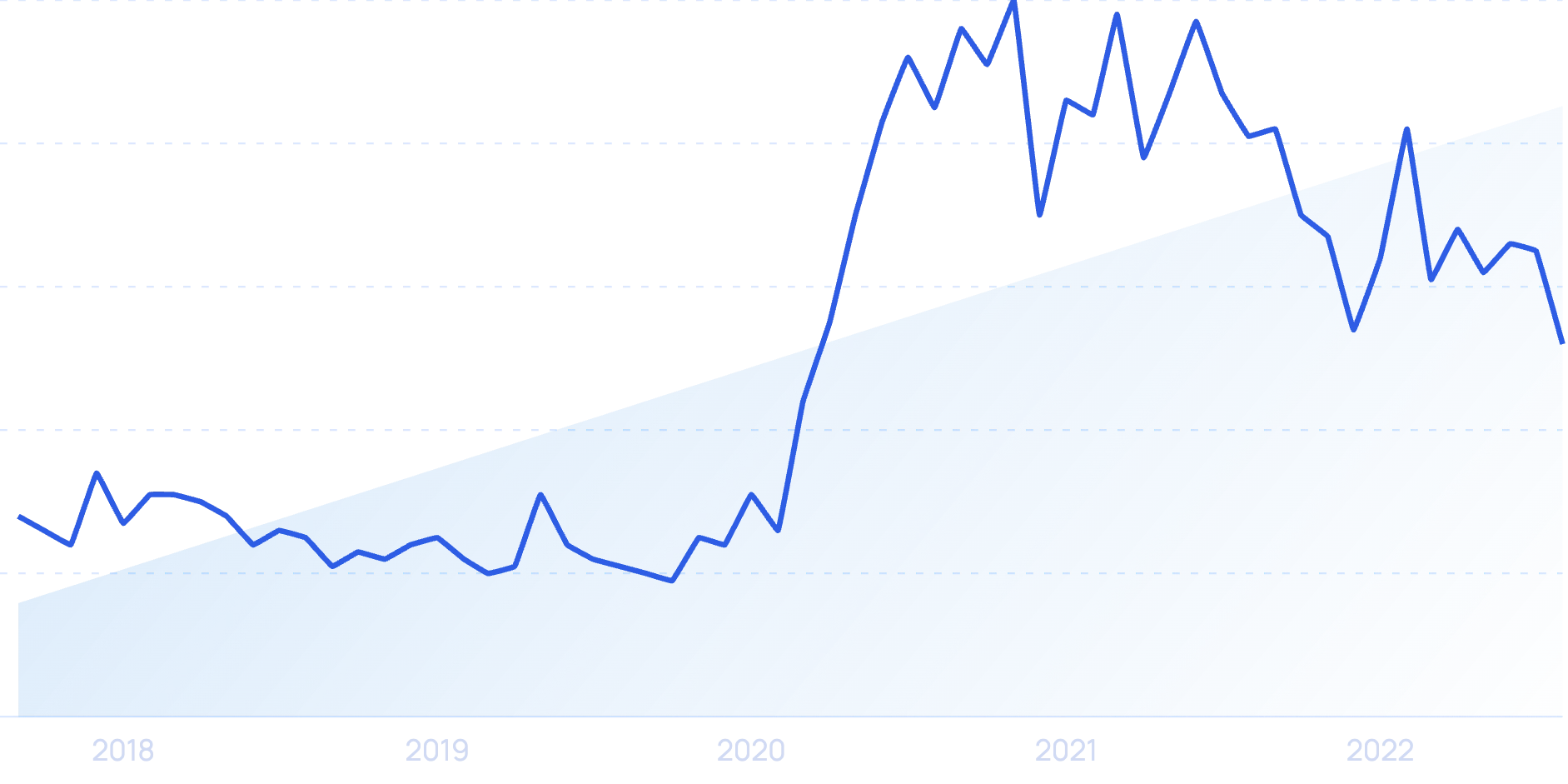
Another example in this category, New York-based startup Bizzabo, which provides a platform for hosting remote and in-person events, raised $138 million in a 2020 funding round.
Billion-dollar startups aren’t the only growing companies in the virtual team building space.
Smaller, niche products aiming to connect remote employees are on the rise too.
For example, Gatheround provides video-guided conversation games to connect remote employees and foster company culture.

Conclusion
That’s it for our list of 8 trends set to define the future of remote work.
Last year introduced the advantages, challenges and opportunities of remote work to millions of individuals and businesses.
And we can expect more change and adoption of remote work into late 2022 and beyond.




